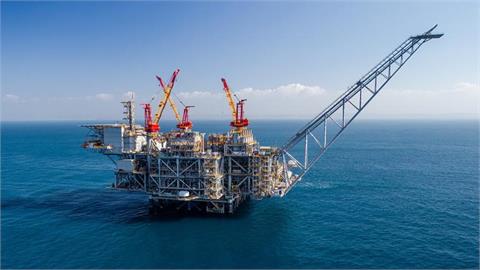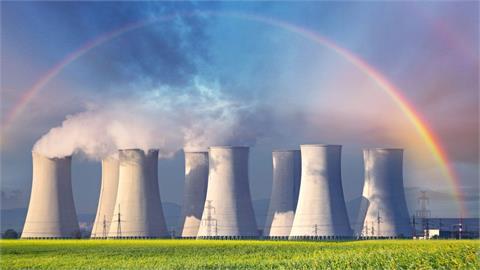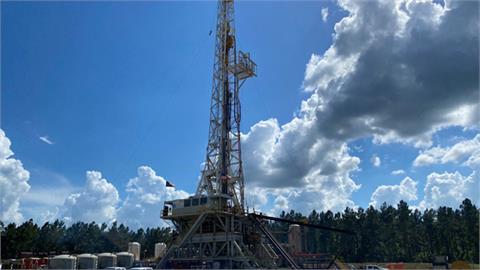Hydrocarbon production efficiency on the U.K. Continental Shelf increased to 74 percent in 2017, a 1 percent rise from the previous year, according to the Oil and Gas Authority's (OGA) report released on Tuesday.
The improvement in efficiency helped the industry produce an additional 12 million barrels of oil equivalent (mmboe), or 32,000 barrels of oil equivalent per day, compared to 2016. As a result, production efficiency showed a gradual rise for a fifth consecutive year and almost reached 2008's level of 76 percent - the highest level of the past ten years.
This level of efficiency was marked positive, despite an unplanned two-week shut down of the Forties Pipeline System (FPS) in December 2017 to repair a hairline crack to the onshore section.
"This is positive news that U.K. production efficiency has risen for a fifth consecutive year to 74 percent in 2017, despite a challenging end to the year with the unplanned FPS outage," Production Efficiency Task Force Chairman Matt Nicol said.
According to the authority, the closure of the U.K.’s largest oil pipeline export route, which carries 40 percent of North Sea oil and gas, resulted in 12 mmboe of lost production, representing 6 percent of production losses in the U.K. Continental Shelf during 2017 and 26 percent of export losses.
OGA said that increased production efficiency is achieved by "a range of methods... including deployment of new technology and shifts towards efficiency cultures".
In the authority's further findings, losses to production in 2017 were down to 200 mmboe, from 210 mmboe during the previous year. The authority added that total U.K. Continental Shelf production potential in 2017 was 800 mmboe, a slight increase on 2016. OGA's role is to regulate, influence and promote the U.K. oil and gas industry to maximize the economic recovery of the country's oil and gas resources.



